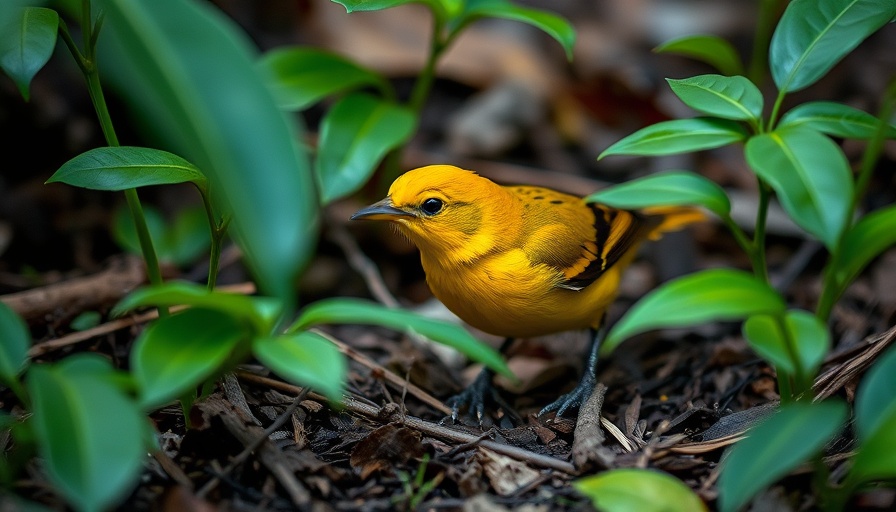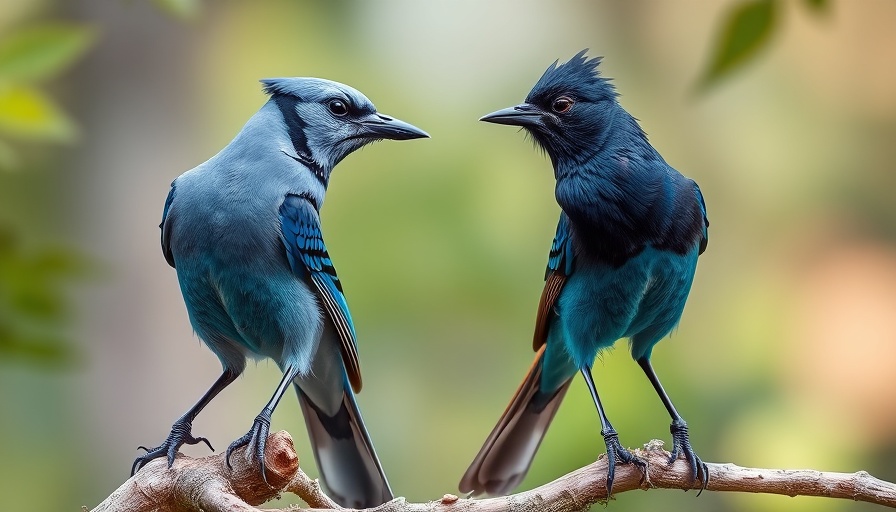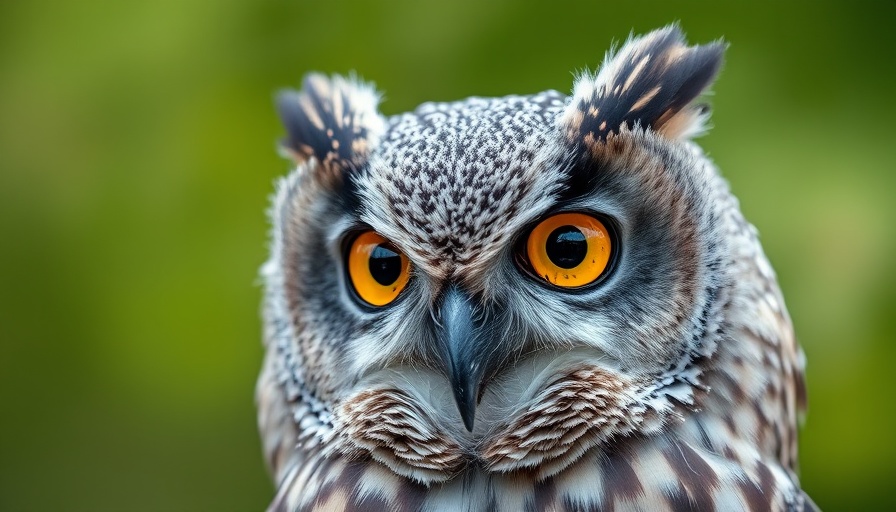
Exploring the Charm of Brooklyn's Blue Jays
Brooklyn, with its vibrant urban landscape and lush green spaces, serves as a hidden sanctuary for various bird species. Among the stars of these avian inhabitants is the stunning blue jay (Cyanocitta cristata). This captivating bird can be found flitting about the trees in Prospect Park, a sprawling natural oasis that provides a perfect habitat for these feathered friends.
The blue jay, distinguishable by its striking blue plumage, crest, and unique markings, captures the attention of local bird watchers and casual park-goers alike. Measuring nearly 30 centimeters, these birds are not only visually stunning but are also known for their intelligent behaviors and complex social structures. They thrive in environments where they can easily find food and shelter, making Prospect Park's abundant trees an ideal residence.
Why Are Blue Jays Important?
Blue jays play an essential role in the ecosystem as seed dispersers. Their affinity for acorns means they help in the propagation of oak trees, sustaining the ecosystem within urban landscapes. Encouraging these birds into our own backyards is simpler than one might think; even homes with modest outdoor spaces can attract blue jays with the right trees.
Building a Bird-Friendly Environment
If you're fortunate enough to live in the eastern United States, integrating one or two sturdy trees in your backyard can create a welcoming environment for blue jays. They particularly favor oak trees, which provide their favorite acorns and shelter from predators. The key to attracting these stylish birds lies not in the size of your yard but in the presence of rich foliage conducive to nesting and foraging.
The Future of Brooklyn's Wildlife
As urban development continues to encroach upon natural habitats, the future of species like the blue jay hinges on our ability to understand and nurture these ecosystems. Building a better environment for birds can lead to healthier relationships within local wildlife populations. Community initiatives supporting urban green spaces may offer further hope for our feathered companions.
Conclusion: Celebrating Urban Wildlife
Brooklyn's blue jays are more than just beautiful sights; they are vital indicators of a thriving urban ecosystem. By recognizing the value of these amazing birds and fostering environments where they can thrive, we can coexist harmoniously with nature in the midst of city life.
 Add Row
Add Row  Add
Add 




Write A Comment